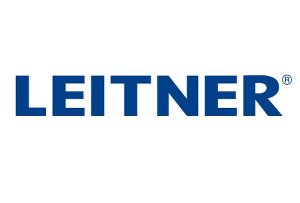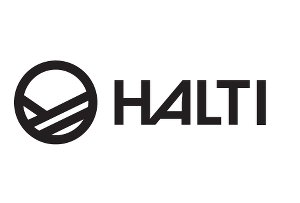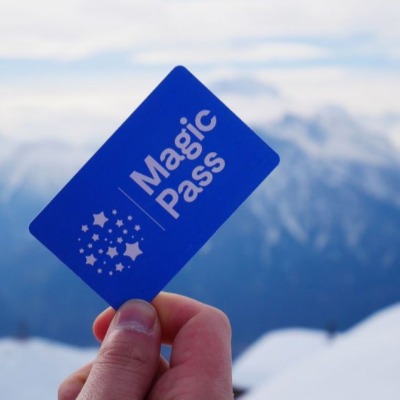Vail Resorts Reports Certain North American Ski Season Metrics For Season-To-Date Period Ended April 20, 2025

Vail Resorts, Inc. (NYSE: MTN) today reported certain ski season metrics for the comparative periods from the beginning of the ski season through April 20, 2025, and for the prior year period through April 21, 2024. The reported ski season metrics are for the Company's North American destination mountain resorts and regional ski areas, excluding the results of the Australian and European resorts and ski areas in both periods. The data mentioned in this release is interim period data and is subject to fiscal quarter end review and adjustments.
- Season-to-date total skier visits were down 3.1% compared to the prior year season-to-date period.
- Season-to-date total lift ticket revenue, including an allocated portion of season pass revenue for each applicable period, was up 3.4% compared to the prior year season-to-date period.
- Season-to-date ski school revenue was up 2.7% and dining revenue was up 2.2% compared to the prior year season-to-date period. Retail/rental revenue for North American resort and ski area store locations was down 4.0% compared to the prior year season-to-date period.
Reflecting on the winter season-to-date metrics, Kirsten Lynch, Chief Executive Officer said, "As the 2024/2025 North American winter season nears completion, our overall results highlight the stability provided by our season pass program, our investments in the guest experience, and the strong execution of our teams across all of our mountain resorts. Season-to-date visitation across the Company's 37 North American mountain resorts reflects the benefit of improved conditions, offset by the expected continued industry demand normalization. Destination visitation among pre-committed passholder guests improved as expected in March and April; however, visitation from lift ticket guests was below expectations. Although visitation declined, lift revenue increased compared to the prior year period, driven by the growth in season pass revenue committed ahead of the season. Ancillary spend per destination guest visit showed continued strength across our ski school and dining businesses, while overall revenue growth in our ancillary businesses was impacted by the lower mix of destination visitation. Overall, the results throughout the 2024/2025 North American ski season demonstrate the resiliency of our strategic business model and our network of resorts and loyal guests."
Regarding the outlook for fiscal 2025, Lynch said, "As a result of the lower than expected lift ticket visitation in the spring period, the Company currently expects Resort Reported EBITDA for fiscal 2025 to be in the lower half of the guidance range issued on March 10, 2025. The Company's focus on its Resource Efficiency Transformation plan and strong cost discipline is expected to partially mitigate the impacts from the lower visitation."
Commenting on spring season North American pass sales, Lynch noted, "Our attention is turning to the 2025/2026 season, with spring pass sales underway. The first pass deadline occurred on April 13, 2025, amid significant macroeconomic volatility, and it is currently unknown what, if any, impact that had on early pass decision making. Pass product units were down slightly, while sales dollars grew versus prior year through the April sales deadline, and renewals among our most loyal, tenured pass holders were up significantly from the prior period. The April sales deadline only impacts a portion of our pass holders that are eligible for buddy ticket benefits. We will have more to share in our third quarter earnings release in June 2025."
Basis of Presentation
The reported ski season metrics include growth for season pass revenue based on estimated fiscal 2025 North American season pass revenue compared to fiscal 2024 North American season pass revenue. The metrics include all North American destination mountain resorts and regional ski areas and are adjusted to eliminate the impact of foreign currency by applying current period exchange rates to the prior period for Whistler Blackcomb's results.













